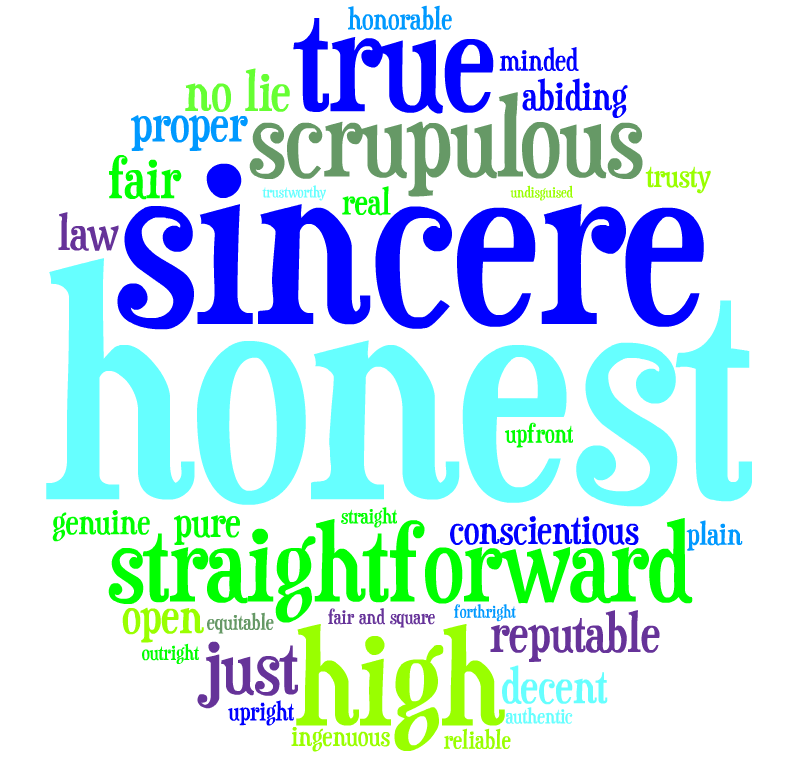How Other Writers Do It
Well, we've heard from Alex Rosa about her journey in discovering the IDENTITY of her story, and Briony Heneberry and Josh Vitalie on how they get from A to B when they have a story to construct.
I've told you guys a little bit about my own process, too.
This post is going to wrap up the A-2-B section, and prepare you for another part: character development.
What has character development to do with story construction, aside from being the vehicles by which the plot travels?
Well, often, a writer does not begin with the pesky premise. Sometimes, a writer begins with a person.
Getting Personal
Author of some quality Dr Who Fan Fiction (FF), Cheryl Rosecrans, got the idea for her spin off Dr Who novel Broken from personal experience with a PTSD sufferer. She felt that this was a storyline that fitted with a certain part of the Doctor's untold story, and that was something she needed to write.
Cheryl will be joining us for a guest spot later, explaining how she developed another character who fits into the Whovian world, and the difficulties of being faithful to pre-existing characters and worlds.
She says about her process:
I dream the nexus of the story and write the basic first chapters. When I rewrite or even just basic editing the story fills out. The characters develop on their own. A minor one simply won't shut up until I fill it out. Adela started out a very minor character but her role has grown through the first few chapters and is now a major part of the story. Characters I thought would be important are not. The trouble comes when I meet up with an event that just won't form in my head. I haven't learned how to solve that yet.
She is not alone.
Mari Adkins, author of the adult Harlan Vampire series and YA Destiny series, like Alex Rosa struggled with the identity of her books; it turns out that she writes "Southern Gothic", and maybe if you're lucky she'll tell us a bit more about that genre later on. If you're a vampire fiction fan, then The Casquette Girls by Alys Arden falls into the same category. But I digress.
Mari also says that she gets the characters first, then the world-building. She lives for the world-building, much like me - so expect the world-building to follow hot on the heels of the character development series!
Maya Starling, winner of the 2012 Watty Award for Non-Teen Fiction, has a similar approach. Her highly popular Dragon series is free to read on wattpad,along with her new ongoing story Vengeance Upturned. Maya says,
I'm more of a just write type. I get an idea about a character first and build a story around them (for short stories) or what I did with my books, I had a plot idea, added the characters and built the world as I wrote it.
Whether you get the idea for the characters first or last, or whether it changes from idea to idea, characters are pretty key to constructing any story.
It is important that they are vehicles for the plot, but also for what the story says - not just what happens, but what it's about.
They must be three-dimensional, realistic even if they are fantastic, and the plot cannot function without them.
Who are they? What are they like? If you manipulate the circumstances, what will they do? How will it change them? How will it shape them? How will they change the circumstances and/or the other characters?
No one is a list of things that make up a good citizen, possessing all of the traits of fairytale princess goodness, because, unless you are deliberately writing an abstract, didactic fairytale, no one is an archetype.
It is the flaws in a character that give them their unique edge, and the truth is that even strengths can be manipulated into weaknesses under the right circumstances. Heroes are predictable because they are inclined to the heroic, and rescue attempts can lead to situations where self-sacrifice is the only option. Yet protagonists may also be cowardly, proud, struggling with addiction, lonely, prejudiced, bigoted, blinkered, vengeful, have a fierce temper, guilt-ridden and haunted by the past, or be inclined towards selfishness. It's only in the overcoming of these traits that they triumph, or in the exploitation of these traits that conflict arises.
When you have the conflict, you have the key to the plot.
Without conflict, there is nothing to capture interest.
As we've already seen, once the premise or conflict has been established, there are many ways of developing this and getting from A to B. But if the characters don't develop as the plot follows through, then you don't have a story at all.
Stay tuned for my character spotlights on characters I have created, and guest posts by other writers.
Next up:
Spotlight on Samantha, the leading lady of the N Chronicles by John Murray McKay, coming soon to all good e-bookstores near you this December!



Very interesting. Thanks!
ReplyDelete